Tucked away amid the barren, sun-blasted salt flats of Utah is a place that few have heard of, yet its secrets could rival those of the infamous Area 51. This is Dugway Proving Ground—a vast and enigmatic military installation that has quietly shaped the course of science, defense, and urban legend for more than eight decades. What goes on behind its razor-wire fences and guarded checkpoints? Why does its name send a chill down the spine of those who know its history? Today, we journey into the heart of Dugway’s mystery, peeling back the layers of myth and fact to reveal a story of ambition, innovation, and sometimes, unsettling uncertainty.
The Origins: Dugway’s Birth in the Shadow of War

Dugway Proving Ground sprang to life in 1942, as the world was plunged deep into the chaos of World War II. The U.S. Army needed a remote location to test chemical and biological weapons far from prying eyes and civilian populations. Dugway, set in the desolate Great Salt Lake Desert, offered the perfect combination of isolation and harsh landscape for these dangerous experiments. The sheer vastness of the land—spanning nearly 800,000 acres—meant that weapons could be unleashed without fear of collateral damage. For decades, its very existence was denied or downplayed, shrouding the base in an aura of mystery that persists to this day.
A Landscape Like No Other: Nature’s Hostile Embrace
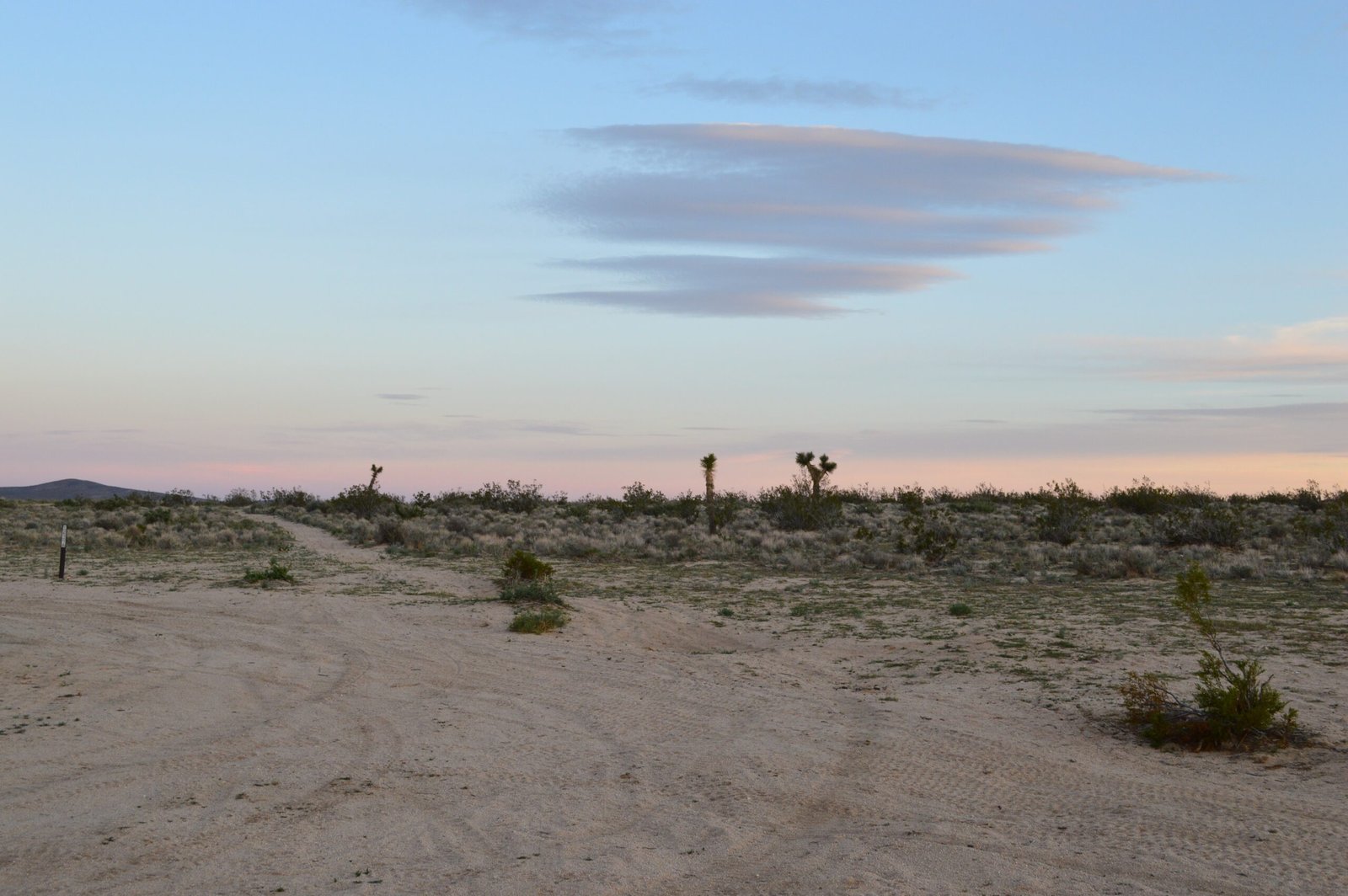
The land surrounding Dugway is a world unto itself, characterized by alkaline flats, wind-carved rock formations, and a silence broken only by the howl of desert winds. Temperatures can swing from searing heat in the summer to bone-chilling cold in the winter. This extreme environment not only serves as a natural barrier but also replicates the kinds of conditions soldiers might face in desert warfare. Scientists and military personnel often describe the landscape as both beautiful and unforgiving, a place where the line between survival and disaster is razor-thin.
Secret Experiments: The Science of Survival
Dugway’s primary mission has always centered on testing the deadliest tools of modern warfare. From nerve agents to biological toxins, no substance was too hazardous for study. In the 1940s and 1950s, field tests often involved the open-air release of chemicals and microbes, raising questions later about environmental safety and human health. The base has also been crucial in developing protective gear, decontamination techniques, and detection systems that could mean the difference between life and death for soldiers in the field. Despite the risks, the work at Dugway has often pushed the boundaries of what science can achieve under pressure.
The Infamous Sheep Incident: When Secrets Spill Over
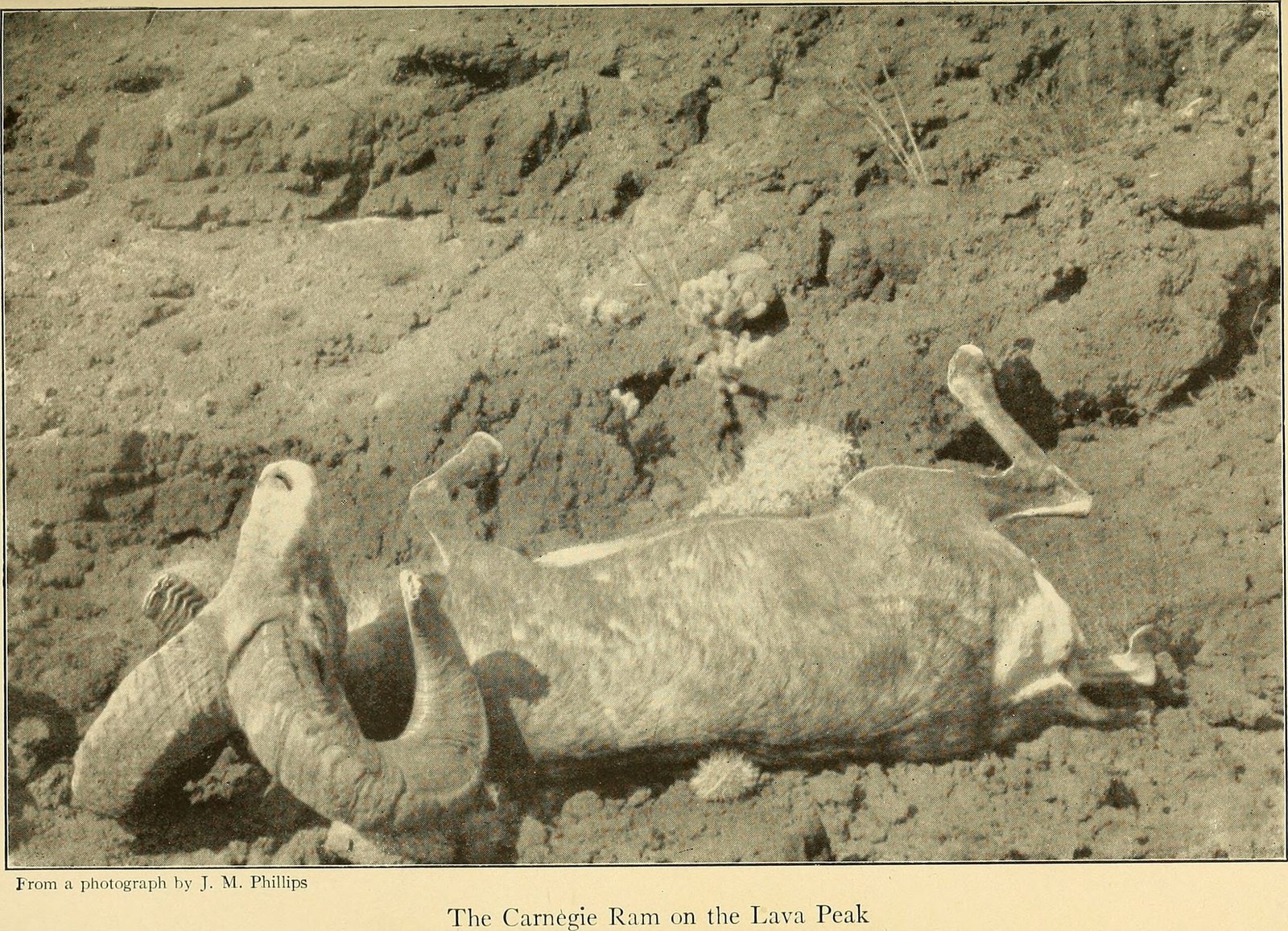
In 1968, the veil of secrecy around Dugway was torn when nearly 6,000 sheep died suddenly in the nearby Skull Valley. The cause? A deadly nerve agent, VX, had accidentally drifted off the base during a test. The incident sparked outrage, fear, and conspiracy theories that persist to this day. Some locals still claim that the land and water have never fully recovered. The event forced the military to implement stricter safety protocols and brought Dugway unwelcome attention. It remains a powerful reminder of the unpredictable consequences of tampering with nature’s most dangerous elements.
Biological Warfare: A Silent, Invisible Threat
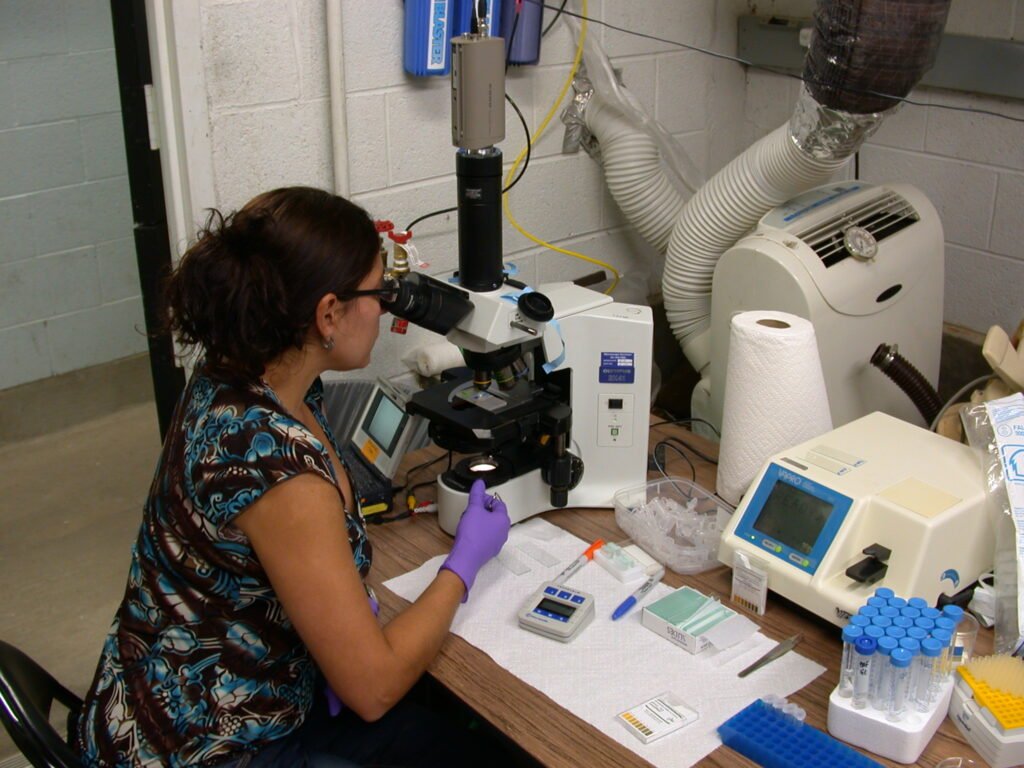
Dugway has played a pivotal role in the development and testing of biological weapons—pathogens that could cripple armies or devastate populations. Scientists at the facility have studied anthrax, plague, and other deadly microbes, seeking ways to both harness and defend against these invisible killers. The base is equipped with some of the world’s most advanced containment labs, where researchers work in airtight suits and behind walls of reinforced glass. The secrecy surrounding these activities has fueled speculation about what really goes on in those hidden chambers.
Modern-Day Research: From Defense to Disaster Response

In recent decades, Dugway’s mission has evolved to meet new and emerging threats. The base now focuses heavily on research into chemical and biological detection, as well as training first responders to deal with terrorist attacks or industrial accidents. Scientists develop sensors that can pick up the faintest traces of toxins in the air or water, and they run dramatic simulations of disasters to test the resilience of emergency teams. Dugway has become a hub for innovation, drawing experts from across the world to tackle the challenges of 21st-century security.
Robots, Drones, and the Future of Warfare
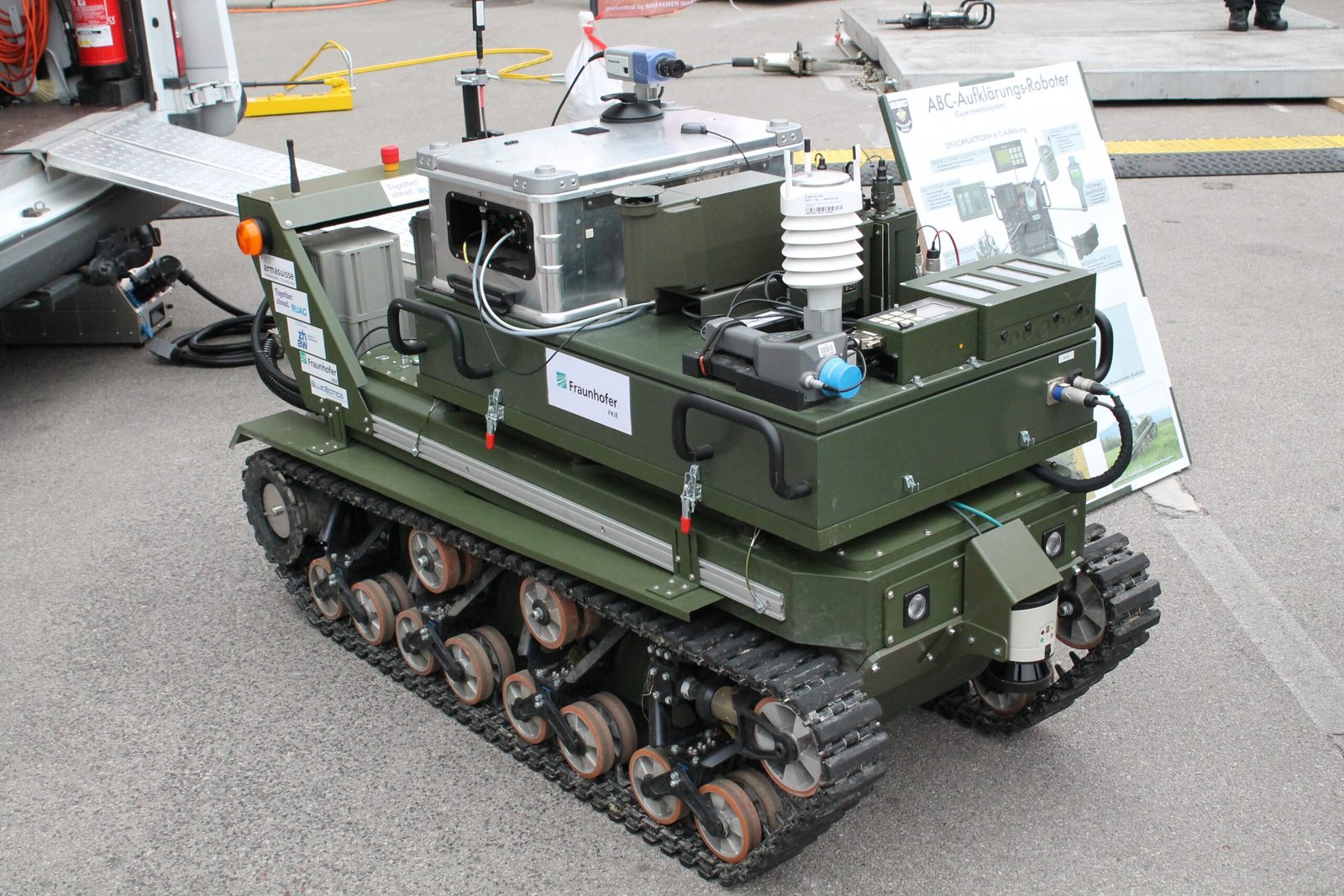
Far from being stuck in the past, Dugway Proving Ground has embraced robotics and artificial intelligence as essential tools for modern defense. Unmanned aerial vehicles (UAVs), ground robots, and autonomous systems are routinely tested on the base’s sprawling ranges. These machines are designed to detect, disarm, and even neutralize chemical and biological threats without risking human lives. The sight of a robot crawling through simulated ruins or a drone swooping over a cloud of harmless “test” gas is now commonplace at Dugway, signaling a future where machines take on humanity’s most dangerous jobs.
Guarded Gates and Unanswered Questions
Security at Dugway is relentless. With multiple layers of fencing, armed patrols, and constant surveillance, the base is as close to impenetrable as any in the United States. Visitors are rare, and those who do enter must pass through strict background checks and leave all electronic devices behind. This intense secrecy has fueled rumors of hidden labs, underground tunnels, and classified projects that will never see the light of day. For every confirmed story, there are a dozen whispered legends about what really happens behind those guarded gates.
The Human Element: Life on the Edge of Secrecy
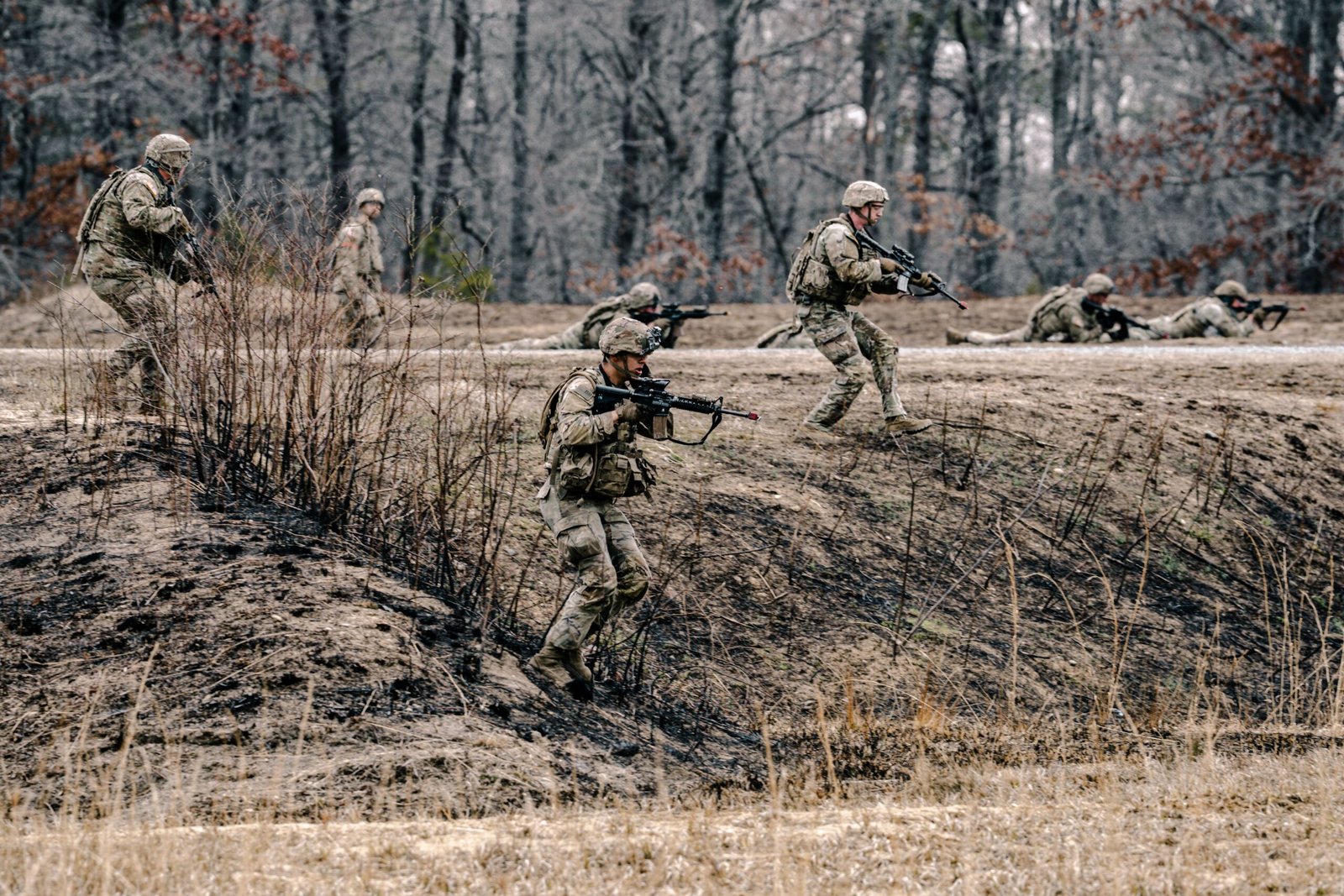
For the scientists, soldiers, and families who call Dugway home, daily life is a mix of routine and remarkable. Children attend a small school on base, while parents work in jobs that often require absolute silence about what they do. Social events are tightly knit, with a sense of shared purpose and camaraderie that comes from living on the edge of secrecy. Many residents find beauty in the stark landscape and pride in being part of something larger than themselves, even as they grapple with the challenges of isolation and uncertainty.
Wildlife and the Unintended Consequences of Science

Despite—or perhaps because of—its isolation, Dugway is home to a surprising diversity of wildlife. Pronghorn antelope, coyotes, and even wild horses roam the vast ranges, seemingly unfazed by the base’s high-tech operations. However, the legacy of decades of weapons testing has left its mark on the environment. Scientists continue to monitor soil, water, and animal health to track the lingering effects of past experiments. The balance between scientific progress and environmental stewardship remains a delicate one, with lessons that extend far beyond the fences of Dugway.
Myths, Legends, and the Allure of the Unknown
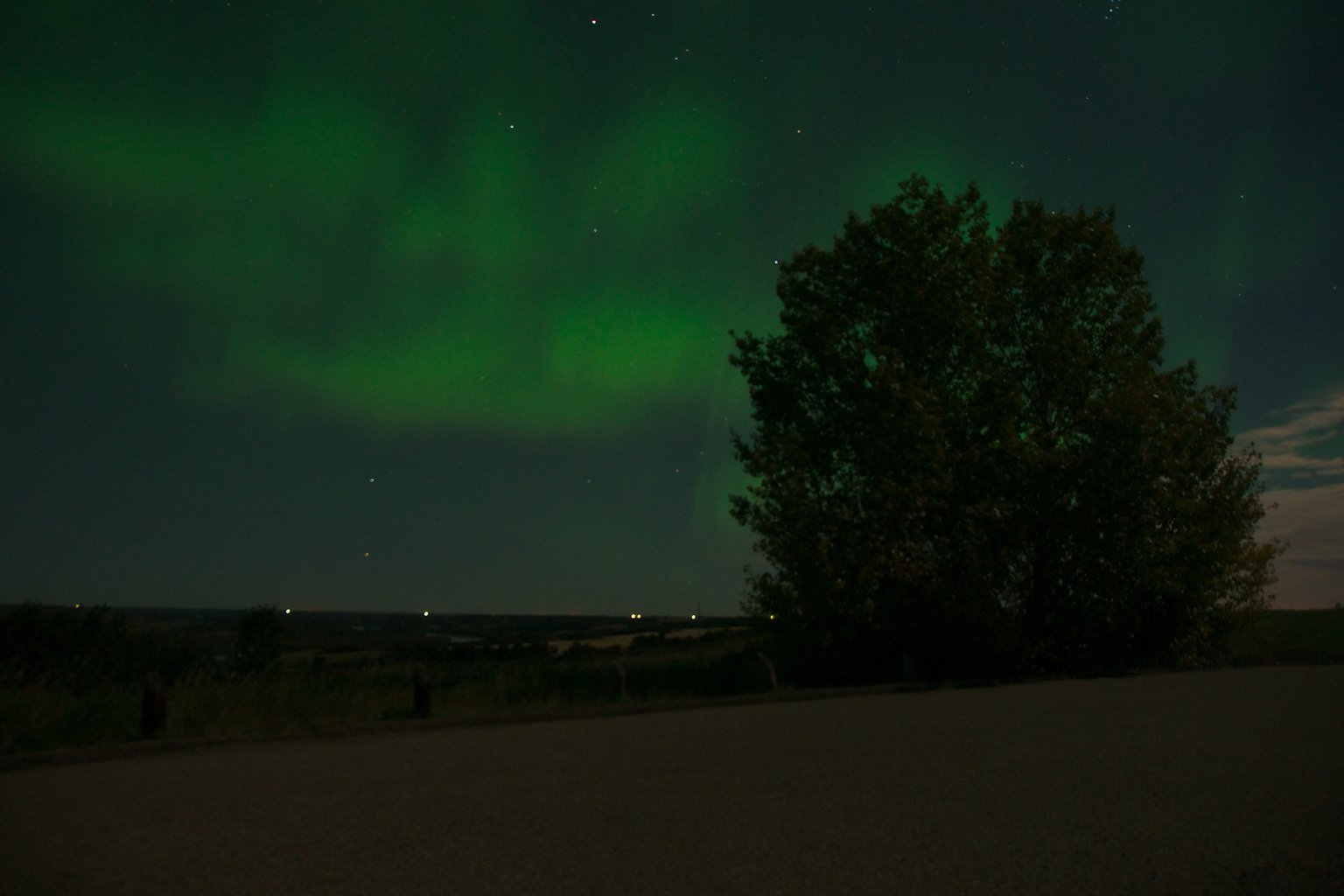
Like Area 51, Dugway Proving Ground has become a magnet for conspiracy theories and urban legends. Tales of UFO sightings, secret alien research, and mysterious lights in the night sky abound. Some believe that Dugway is the real epicenter of extraterrestrial investigation, hidden in plain sight. While most of these stories lack evidence, they reflect a deeper human fascination with the unknown—a desire to believe that the world still holds secrets waiting to be uncovered.
Reflections on Dugway’s Place in History and Science
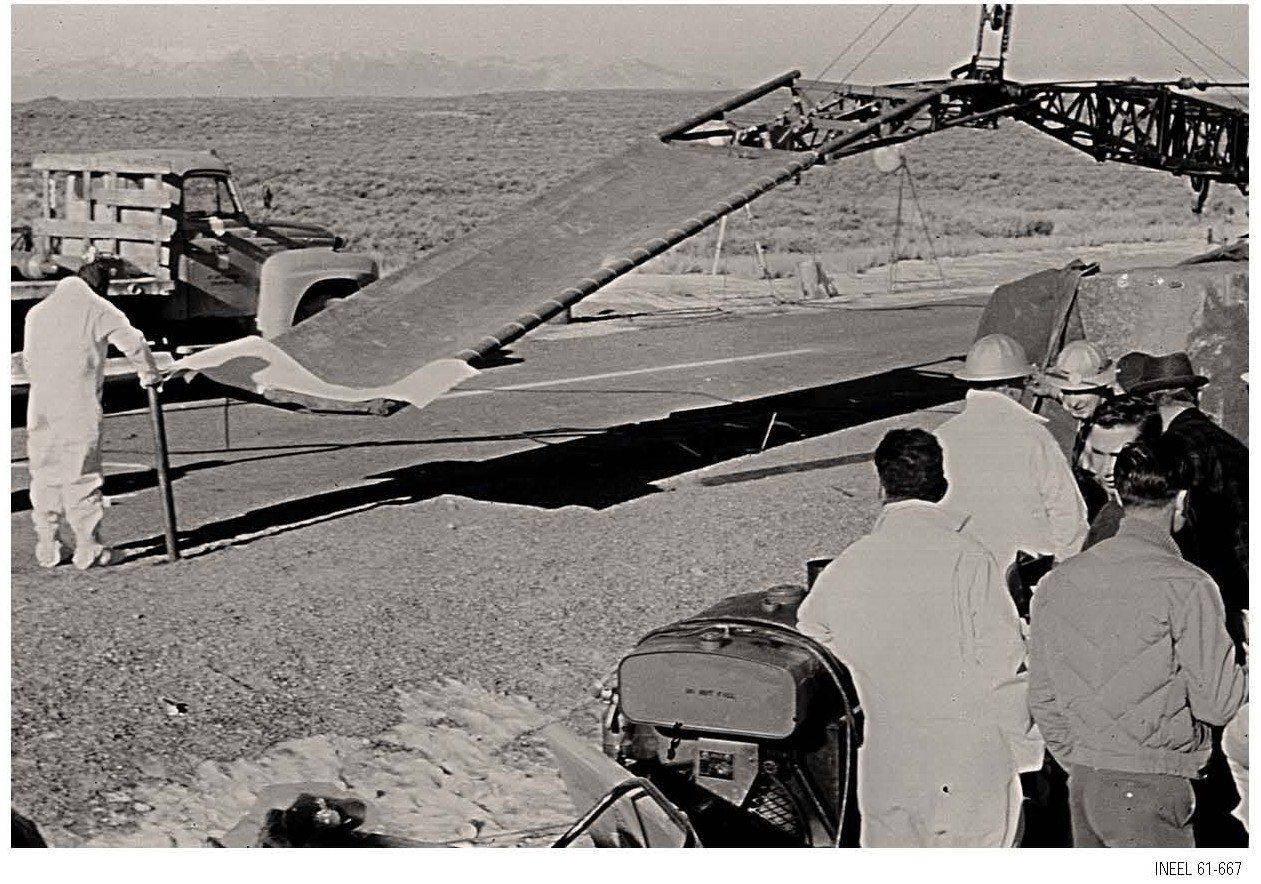
Dugway Proving Ground stands as a testament to humanity’s relentless pursuit of knowledge, even when that quest leads into dangerous territory. Its story is one of innovation, risk, and the ever-present tension between safety and secrecy. As science enthusiasts, nature lovers, and curious minds look to the future, Dugway remains a symbol of both the promise and peril of scientific exploration. What other mysteries might be waiting in the desert, just beyond the horizon?




